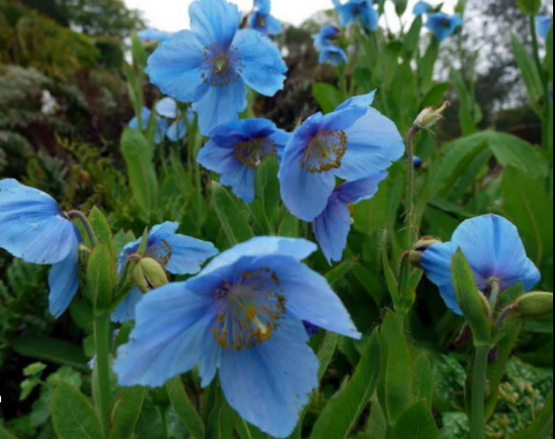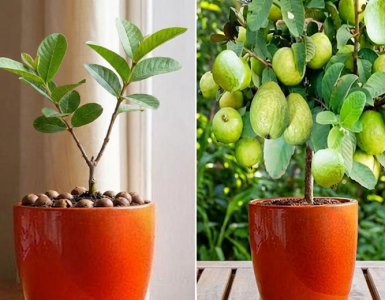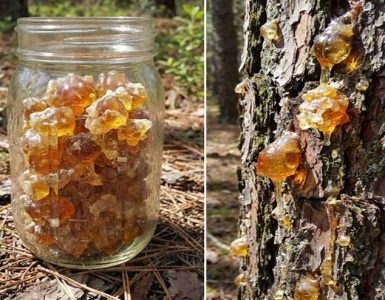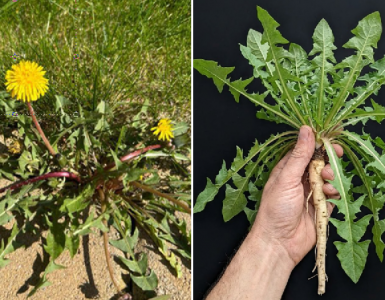The Himalayan Blue Poppy, known for its striking blue petals and delicate elegance, is one of the most visually captivating flowers on Earth. Native to the high-altitude regions of the Himalayas, particularly Tibet, Bhutan, and parts of China, this rare flower has long been admired not just for its beauty, but also for its healing potential in traditional medicine.
Though not as widely studied as other medicinal plants, the Himalayan blue poppy belongs to the Papaveraceae (poppy) family — a group known for its biologically active compounds.
Traditional Uses and Folk Medicine
In traditional Tibetan and Himalayan medicine, various parts of the plant have been used for:
- Soothing nervous disorders
- Relieving muscle and joint pain
- Balancing mood and promoting relaxation
- Supporting respiratory health
Due to its alkaloid content, the plant has been valued as a mild sedative and anti-inflammatory agent, often used in infusions, poultices, or in combination with other herbs.
Potential Health Benefits of Himalayan Blue Poppy
1.Natural Sedative and Mood Support
Like many members of the poppy family, Himalayan blue poppy may contain mild sedative compounds that help:
Promote calmness and mental clarity
Ease symptoms of anxiety, nervous tension, and mild insomnia
Note: This is based on traditional use, and scientific validation is still emerging.
2.Anti-inflammatory Properties
Extracts from the plant have been used to:
Reduce joint inflammation
Alleviate muscle soreness
Ease arthritic discomfort
Topical use of poultices made from crushed leaves has been part of local practices for relieving swelling and pain.
3.Respiratory Relief
Infusions of Himalayan blue poppy have been used in folk medicine to:
Soothe dry or irritated throats
Support lung health at high altitudes
Act as a mild expectorant for relieving chest tightness
4.Antioxidant Support
Some varieties in the Meconopsis genus contain flavonoids and phenolic compounds, which may help:
Fight oxidative stress
Protect cells and tissues from damage caused by free radicals
Support anti-aging effects when used as an herbal tea or extract
Caution and Considerations
- The Himalayan blue poppy is a rare and delicate species, often grown for ornamental purposes.
- Medicinal use should only be guided by an experienced herbalist or healthcare provider.
- Some parts of the plant may be toxic if ingested improperly.
- Always ensure the species is correctly identified — many lookalikes exist.
The Himalayan Blue Poppy is a symbol of rare beauty and subtle strength. While its health benefits are grounded in traditional wisdom rather than modern clinical trials, its reputation as a soothing, calming, and restorative herb still holds value in the natural wellness world.
Whether admired in alpine gardens or respected in herbal traditions, this stunning bloom offers more than just visual wonder — it may also hold the potential for gentle healing.






Add comment